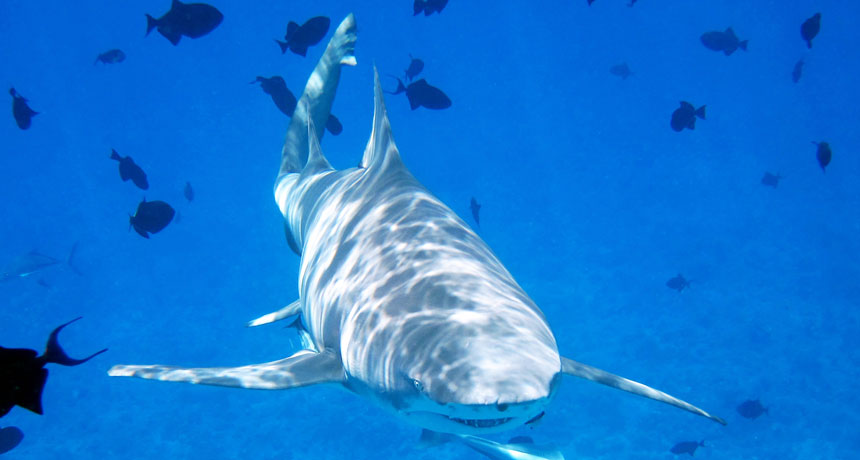Fossil teeth show how a mass extinction scrambled shark evolution
The dinosaur-destroying event flipped which sharks were most dominant in the oceans

SHARK TALE After a mass extinction event about 66 million years ago, a group of sharks called carcharhiniformes, which includes the lemon shark (shown), became more abundant.
Doug Finney/flickr.com (CC BY-NC 2.0)







